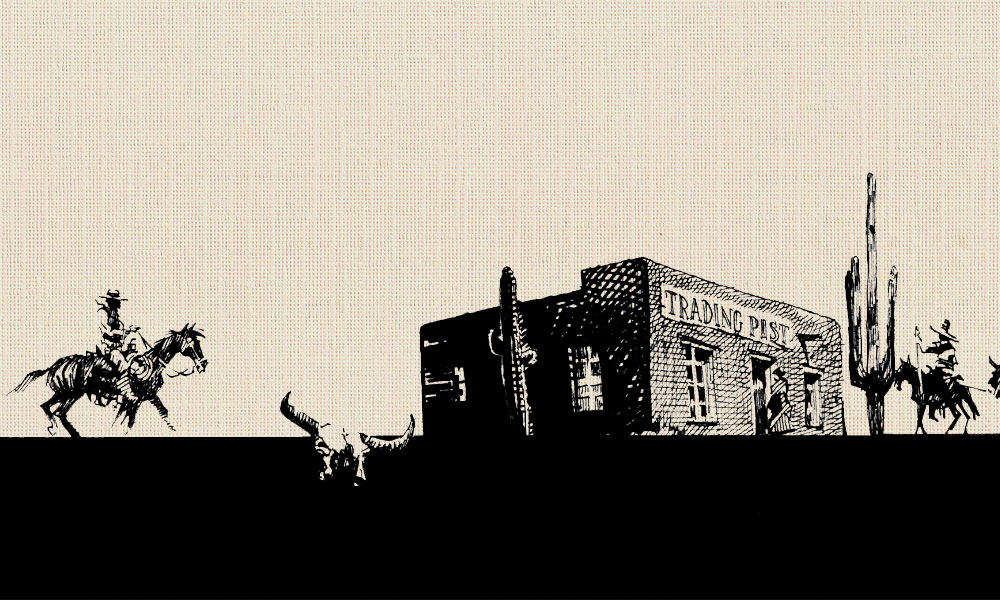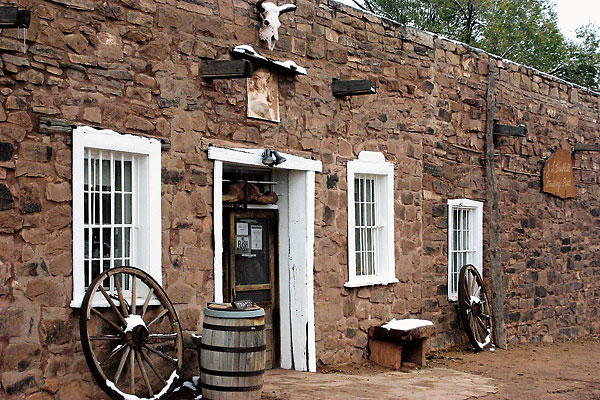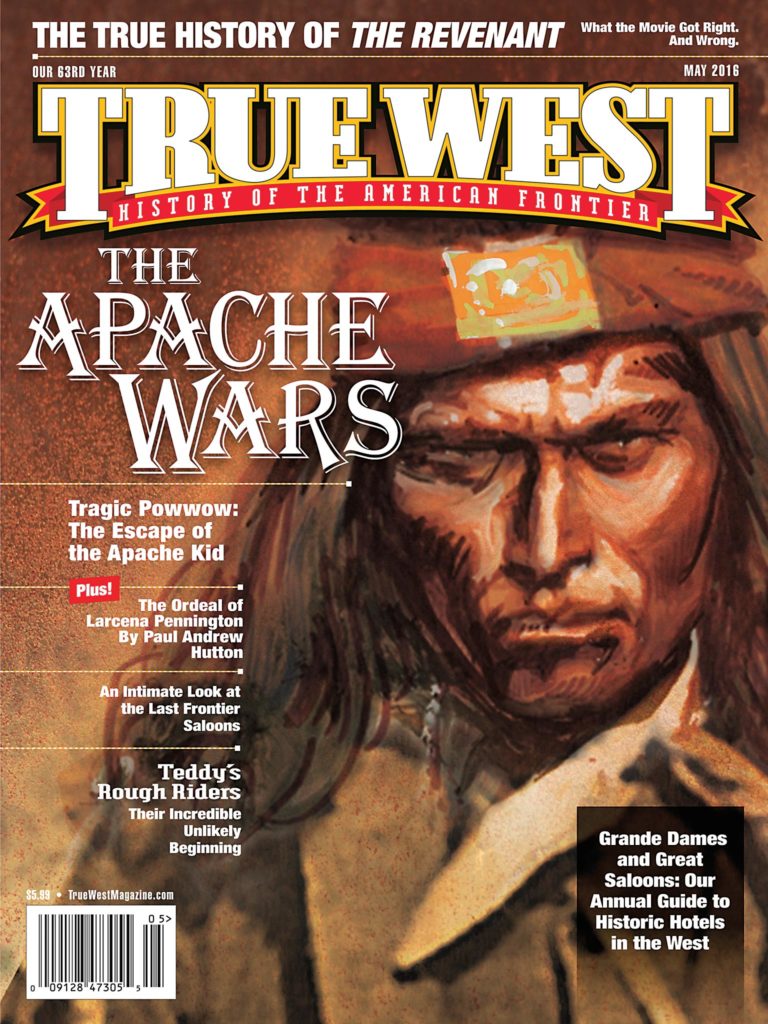
Trading posts began appearing on Arizona Indian reservations in the early 1870s. These isolated stores provided food and other goods in exchange for wool, sheep, jewelry and art. The white trader often advanced goods without payment until wool or lamb season. At the peak there were hundreds of these trading posts in the 1930s, but by the 1970s most people on the reservation had access to vehicles and could go into urban areas to buy their own goods. Still, it was a good 100 year run.






